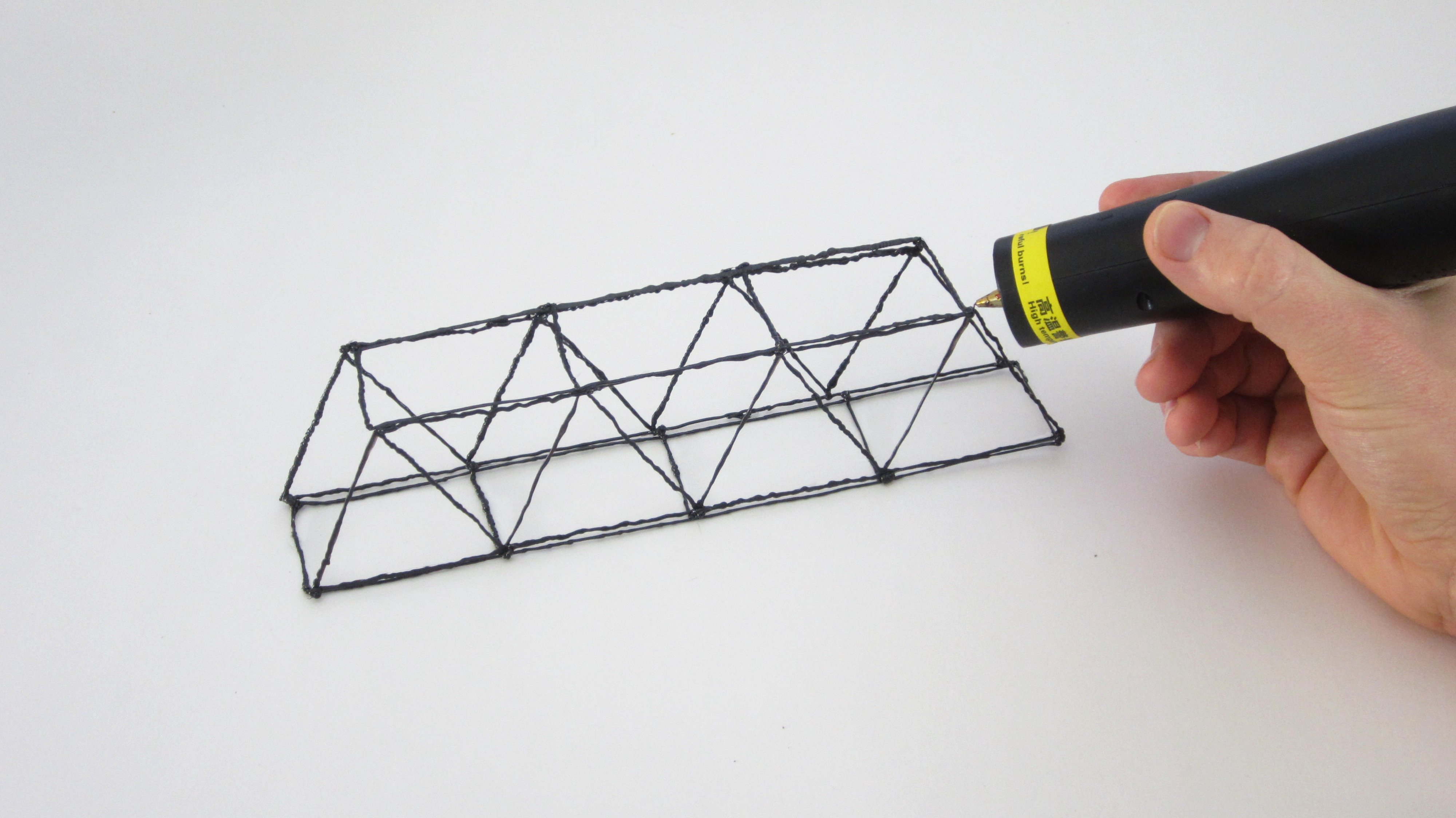In this project, I am going to give you a basic introduction to 3D printing pens and how to use them.
What is a 3D printing pen?
A 3D printing pen is like a handheld 3D printer. It uses the same kind of heating element and extruder that you would find on a desktop 3D printer. But instead of being controlled with computer software and motors, you guide the printer head by hand.
How Does it Work?
Like all 3D printing devices, a 3D printing pen works by heating a plastic filament to its melting point and forcing it through an extruder tip. This is very similar to how a hot glue gun works; the melted plastic is very soft and can be fused onto a surface or worked into any shape that you want. Once the melted plastic leaves the tip, it cools quickly. After a few seconds, the plastic hardens and holds whatever shape you have worked it into.
What Can You Do With a 3D pen?
These pens effectively allow you to draw with plastic. You can work the plastic into just about any shape and apply it to most surfaces. You can use it to add raised decorative designs to everyday objects. With practice, you can even make 3D drawings in empty space. These pens can also be used to modify and repair other 3D printed objects.




























